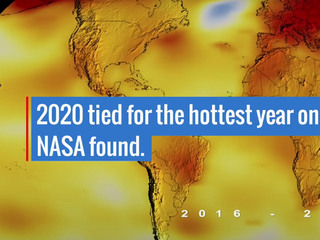News | November 1, 2006
Our Atmosphere, The View From Above
In this excellent article in the publication Engineering and Science, Dr. Eric Fetzer of the Jet Propulsion Laboratory discusses how scientists are using satellite data to help understand the complicated processes that govern Earth's climate.
Excerpt -
[[IMAGE||/system/internal_resources/details/original/101_droppedImage_11.jpg||Right||427||droppedImage_11||||||542||http://pr.caltech.edu/periodicals/EandS/articles/LXIX3/fetzer.pdf]]The outstanding issues in the climate sciences primarily have to do with how the climate system maintains an energy balance. Into this balance are thrown complications like clouds, water vapor (which is actually the number one greenhouse gas), and pollution. These things, unfortunately, are all tied together, with no easy way to disentangle them. Like the legendary Gordian knot, they form an inextricable tangle with no ends. But, unlike Alexander the Great, who began his ascent to the throne of Asia by slicing the knot in half, we don't have a sword. We can't hack this knot into pieces, so we have to disentangle it very carefully through approaches like analysis, observation, and computer modeling—all of which are based to a large degree on satellite observation.
Let's begin our exploration of the atmosphere with a trip to your driveway. When you stand on a very hot driveway in the full sun, you feel intense heat on your skin, which happens to be a very good sensor of infrared radiation. You are feeling the very simplest case of radiative balance: sunlight comes in and infrared radiation goes out. The atmosphere behaves in a similar manner, conceptually. The sun heats Earth's surface at 342 watts per square meter. That's essentially one toaster for every three square meters, at a thousand watts per toaster. And there are about 342 watts per square meter, on average, reradiating back from the planet into the atmosphere. So there is a long-term balance between what goes in and what comes out.
[[IMAGE||/system/internal_resources/details/original/102_droppedImage_12.jpg||Left||691||droppedImage_12||||||655||]]





